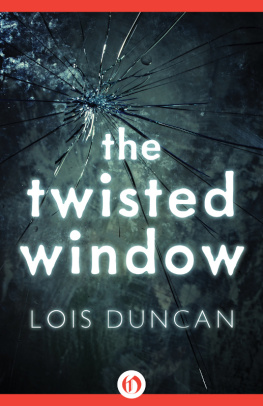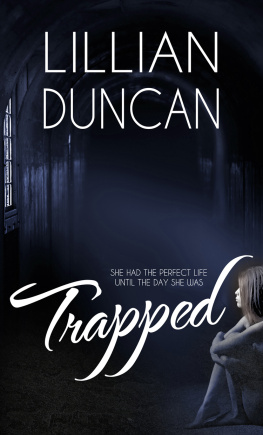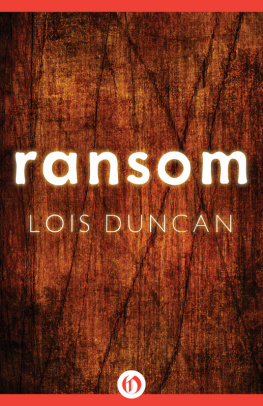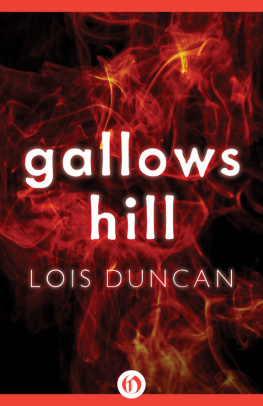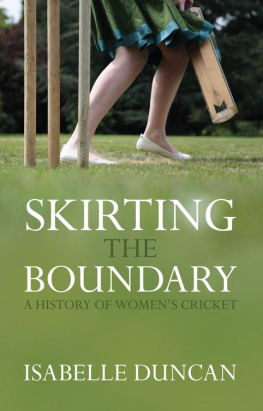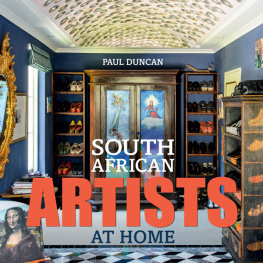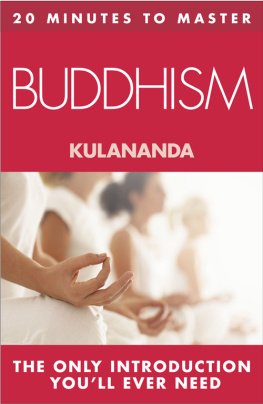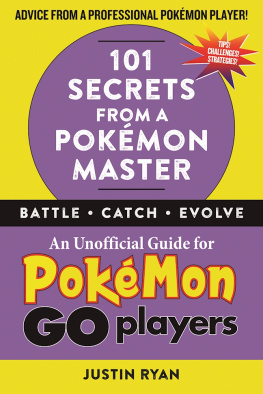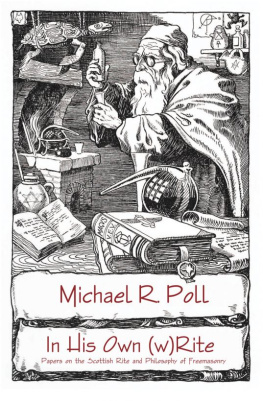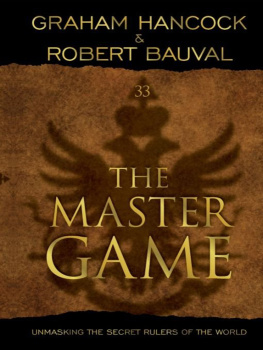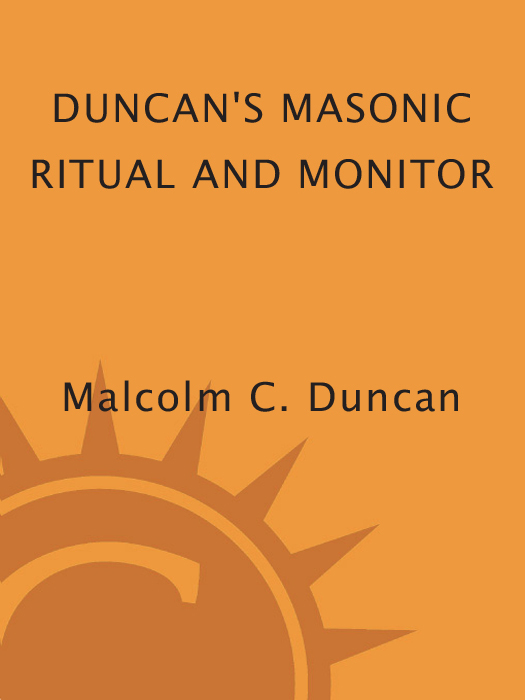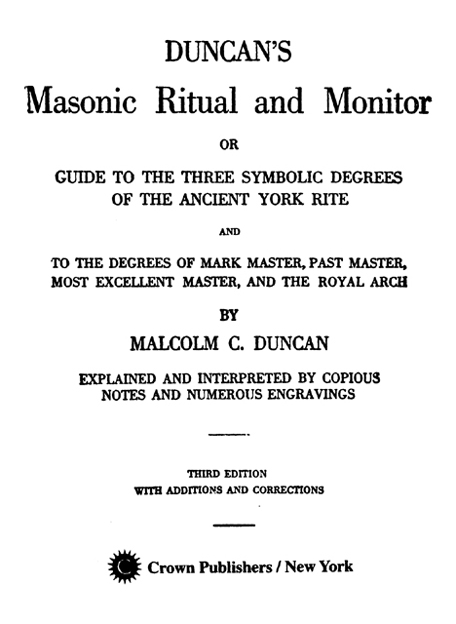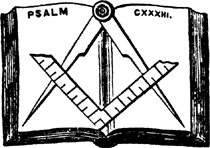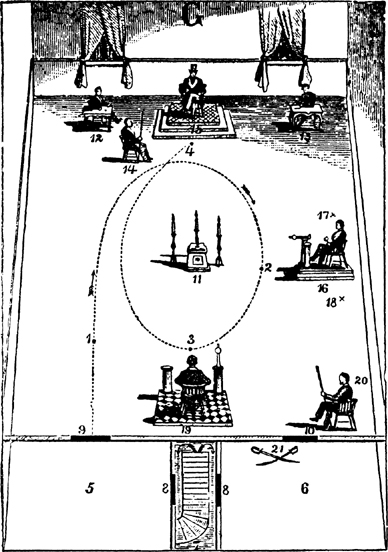No portion of this edition
may be mechanically reproduced
by any means without approval in
writing from the publisher.
eISBN: 978-0-307-82320-5
v3.1
Contents
PREFACE
T HE objects which Freemasonry was founded to subserve are honorable and laudable; nor is it intended in the following pages to disparage the institution or to undervalue its usefulness. It has, at various times and in several countries, incurred the ill-will of political parties and of religious bodies, in consequence of a belief, on their part, that the organization was not so purely benevolent and philanthropic as its members proclaimed it to be. In the State of New York, many years ago, it was supposed, but we think unjustly, to wield a powerful political influence, and to employ it unscrupulously for sinister ends. The war between Masonry and Anti-Masonry which convulsed the State at that period is still fresh in the remembrance of many a party veteran. The Order, however, has long since recovered from the obloquy then heaped upon it, and is now in a flourishing condition in most parts of the civilized world.
The purpose of this work is not so much to gratify the curiosity of the uninitiated as to furnish a guide for the neophytes of the Order, by means of which their progress from grade to grade may be facilitated. Every statement in the book is authentic, as every proficient Mason will admit to himself, if not to be public, as he turns over its pages. The non-Masonic reader, as he peruses them, will perhaps be puzzled to imagine why matters of so little real importance to society at large should have been so industriously concealed for centuries, and still more surprised that society should have been so extremely inquisitive about them. But such, as Old Stapleton says, in Jacob Faithful, is human nature. The object of the Order in making a profound mystery of its proceedings is obvious enough. Sea-birds are not more invariably attracted toward a lighted beacon on a dark night, than men to whatever savors of mystery. Curiosity has had a much greater influence in swelling the ranks of Masonry than philanthropy and brotherly love. The institution, however, is now sufficiently popular to stand upon its own merits, without the aid of clap-trap, so via the mantle that shadowed Borgia.
It will be observed by the initiated, that the following exposition gives no information through which any person not a Mason could obtain admission to a Lodge. It is due to the Order that its meetings should not be disturbed by the intrusion of persons who do not contribute to its support, or to the furtherance of its humane design, and whose motives in seeking admission to its halls would be impertinent and ungentlemanly. The clew to the Sanctum Sanctorum is, therefore, purposely withheld.
In its spirit and intention Masonry is certainly not a humbug, and in its enlightened age so excellent an institution should not incur the liability of being classed with the devices of charlatanry by affecting to wear a mystic veil which has long been lifted, and of which we are free to say, that, unlike that of the false prophet of Kohrassan, it has no repulsive features behind it.
The author of the following work does not conceive that it contains a single line which can in any way injure the Masonic cause; while he believes, on the other hand, that it will prove a valuable vade mecum to members of the Order, for whose use and guidance it is especially designed.
It will be seen that the work quoted in this treatise differs from that of Morgan, Richardson, and Alleyn; but as this discrepancy is fully explained at the close of the remarks on the Third Degree, it is not deemed necessary to make further allusion to it here.
THE AUTHORITIES REFERRED TO IN THIS WORK ARE AS FOLLOWS:
T HE H ISTORICAL L ANDMARKS . By the Rev. G. Oliver, D. D. In two volumes. London: R. Spencer. 1845.
T HE T HEOCRATIC P HILOSOPHY OF F REEMASONRY . By the same author and publisher. 1840.
O RIGIN OF THE E NGLISH R OYAL A RCH . By the same, &c., &c., &c.
A L EXICON OF F REEMASONRY . By Albert G. Mackey, M. D. Charleston: Burges & James. 1845.
T HE F REEMASONS T REASURY . By the Rev. George Oliver, D. D. London: R. Spencer. 1863.
T HE I NSIGNIA OF THE R OYAL A RCH . By the same author. London: R. Spencer. 1847.
E XPOSITION OF THE M YSTERIES . An Inquiry into the Origin, History, and Purport of Freemasonry. By John Fellows, A. M. New York. 1835.
B OOK OF THE C HAPTER . By Albert G. Mackey, M. D. New York: Macoy & Sickles. 1864.
A LLYNS R ITUAL . New York: John Gowan.
W EBBS M ONITOR . New York: Macoy & Sickles.
T ENT L IFE IN THE H OLY L AND . By Rev. Irenus Prime, D. D. New York: Harper & Bros.
M ONITOR OF F REEMASONRY . By Jabez Richardson. Philadelphia, Pa.
DUNCANS RITUAL
AND MONITOR
OF
FREEMASONRY.
ENTERED APPRENTICE, OR FIRST DEGREE
Seven Freemasons, viz., six Entered Apprentices and one Master Mason, acting under a charter or dispensation from some Grand Lodge, is the requisite number to constitute a Lodge of Masons, and to initiate a candidate to the First Degree of Masonry.
They assemble in a room well guarded from all cowans and eaves-droppers, in the second or third story (as the case may be of some building suitably prepared and furnished for Lodge purposes, which is, by Masons, termed the Ground Floor of King Solomons Temple.
The officers take their seats, as represented in the Plate on . Lodge-meetings are arranged as follows, viz.: a regular is held but once a month (i. e. every month on, or preceding, the full of the moon in each month); special meetings are held as often as the exigency of the case may seem to demand, if every night in the week, Sunday excepted. If Tuesday should be Lodge night, by Masons it would be termed, Tuesday evening on or before the full of the moon, a regular night.
LODGE OF ENTERED APPRENTICES, FELLOW CRAFTS, OR MASTER MASONS .
1. Candidate prays. 2. First stop. 3. Second stop. 4. Third stop. 5. Room where candidates are prepared. 6. Ante-room where members enter the lodge. 7. Hall. 8. Doors. 9. Door through which candidates are admitted into the lodge. 10. Door through which members enter. 11. Altar. 12. Treasurer. 18. Secretary. 14. Senior Deacon. 15. Worshipful Master. 16. Junior Warden. 17 and 18. Stewards. 19. Senior Warden. 20. Junior Deacon. 21. Tyler.
All business relative to Masonry is done at a regular, and in the Third, or Master Mason Degree. None but Master Masons are allowed to be present at such meetings; balloting for candidates is generally done on a regular, also receiving petitions, committee reports, &c., &c.
A petition for the degrees of Masonry is generally received at a regular (though, as a common thing, Grand Lodges of each State make such arrangements as they may deem best for the regulation of their several subordinate Lodges).
At the time of receiving a petition for the degrees of Masonry, the Master appoints a committee of three, whose duty it is to make inquiry after the character of the applicant, and report good or bad, as the case may be, at the next regular meeting, when it is acted upon by the Lodge.


